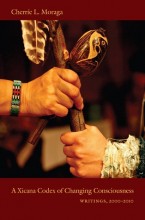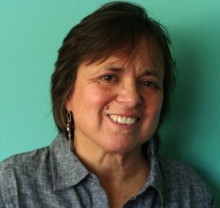This blog is now an archive of the work of the students of Loyola Marymount University’s Spring 2012 Chicana/o Studies 404: Chicana Feminisms. This upper division undergraduate course examined the emergence and development of Chicana feminist thought from the late 1960s to the present and its relationship to the Chicano Movement, Anglo U.S. feminism and feminism of women of color. This is a public blog, intended to be used as a resource for the students in the class, but also for the larger community. Thoughtful and respectful comments are still welcome, but given that the blog is no longer active, response time may be longer. Note: Comments have been closed due to spam traffic. Hopefully I’ll figure out a way to reopen them. I can be reached at annemarie.perez@me.com
From the syllabus: This course focuses on current writings by Chicana feminists in the context of movements by U.S. feminists of color, exploring how Chicana feminism grew out of a resistance to the masculine nationalism as symbolized by late 1960s Aztlán mythology. We will question how this feminism ultimately queered the Aztlán space, reconfiguring nationalism as transnationalism while at the same time communicating with and responding to African American, Asian American and Native American feminisms. Throughout the quarter we will reflect on Latina traditions of feminism inviting inquiry into the different strands of Chicana / Latina feminism and how these manifest themselves both in community political activism and print cultures / textual communities.
Note: the artwork in the banner for this blog is by activist artist Rini Templeton. Her work is amazing. Go see it here.



